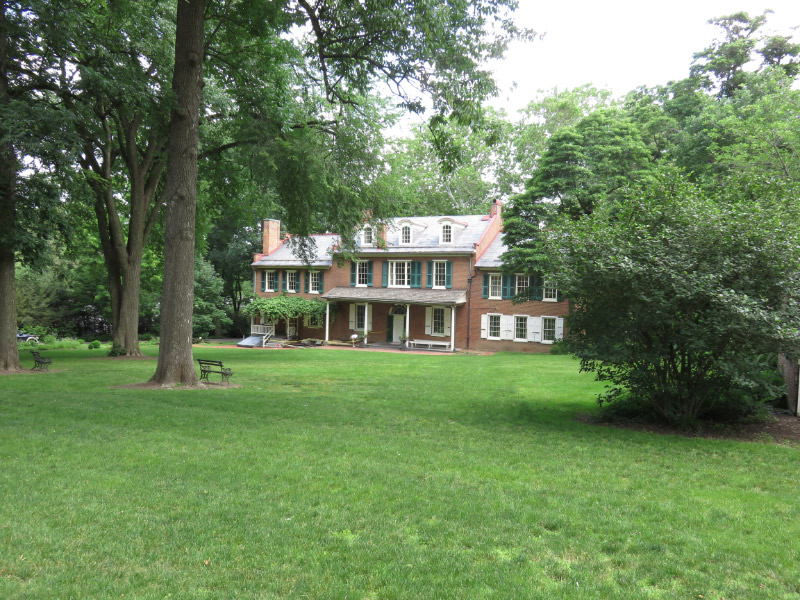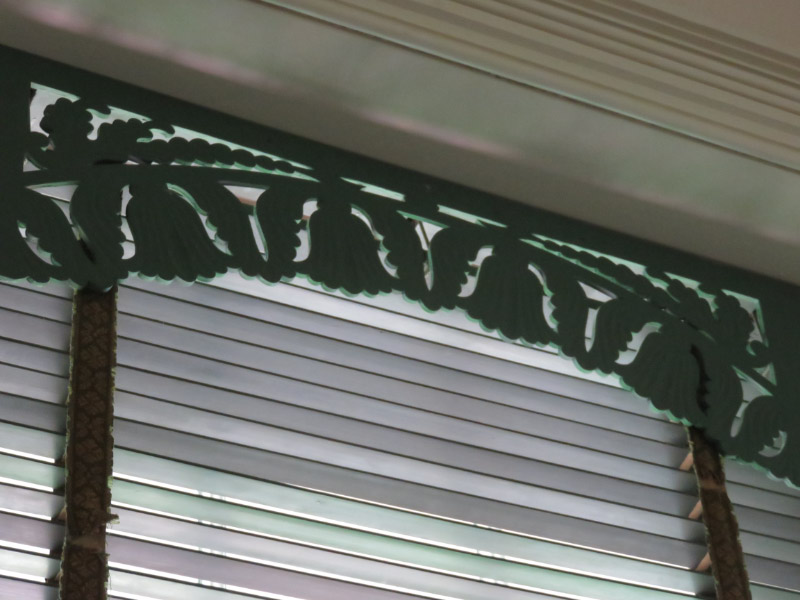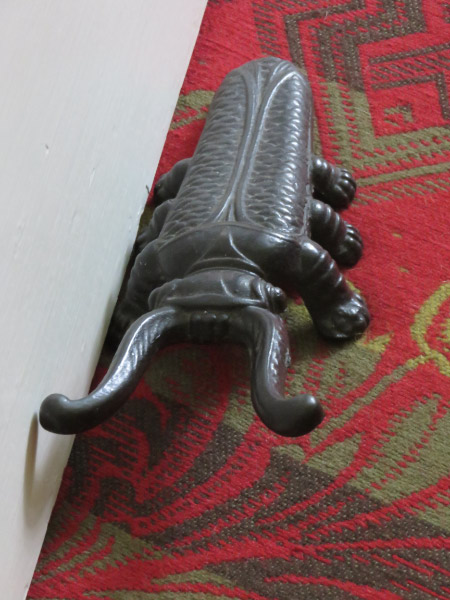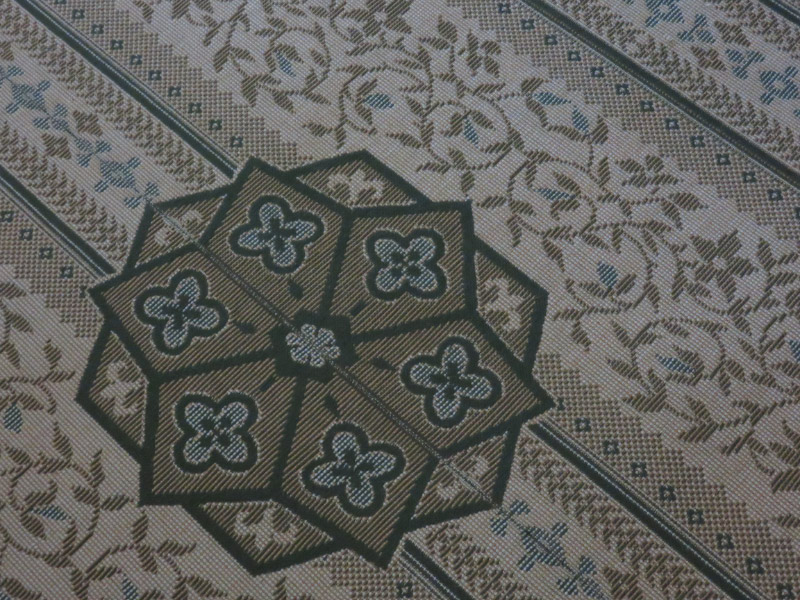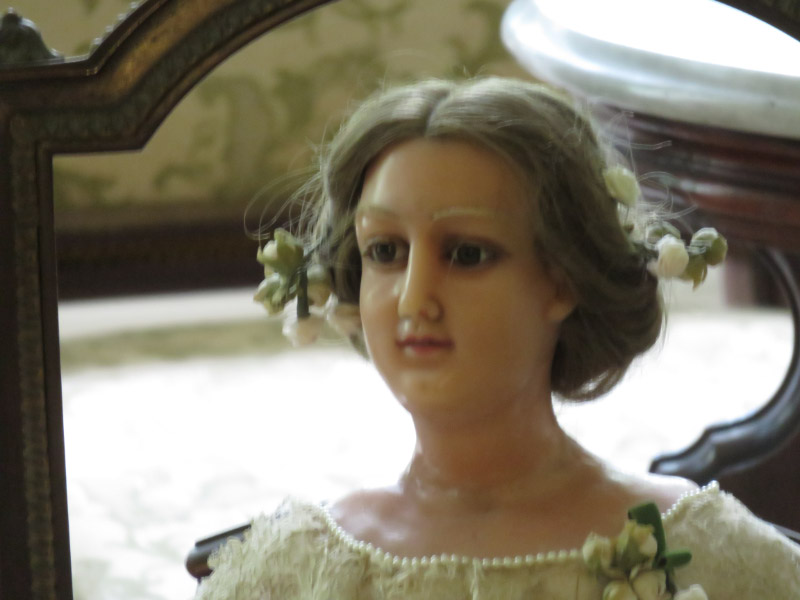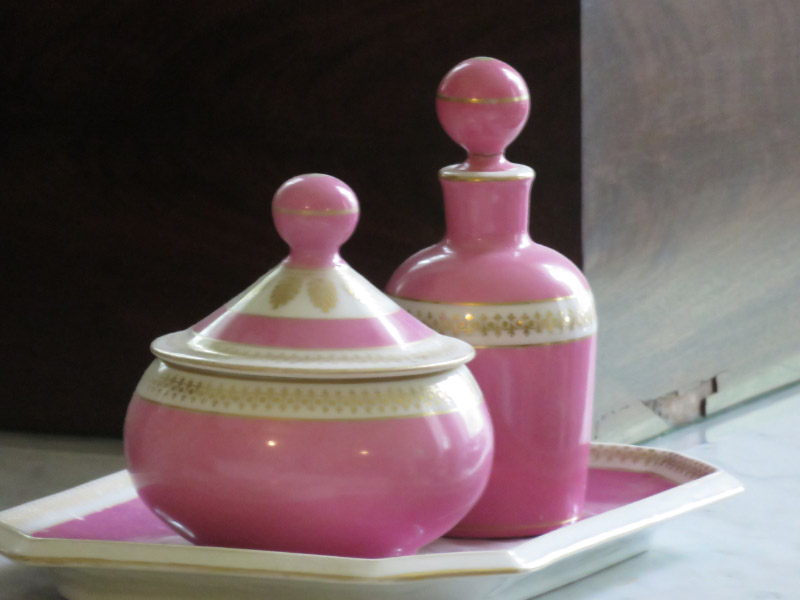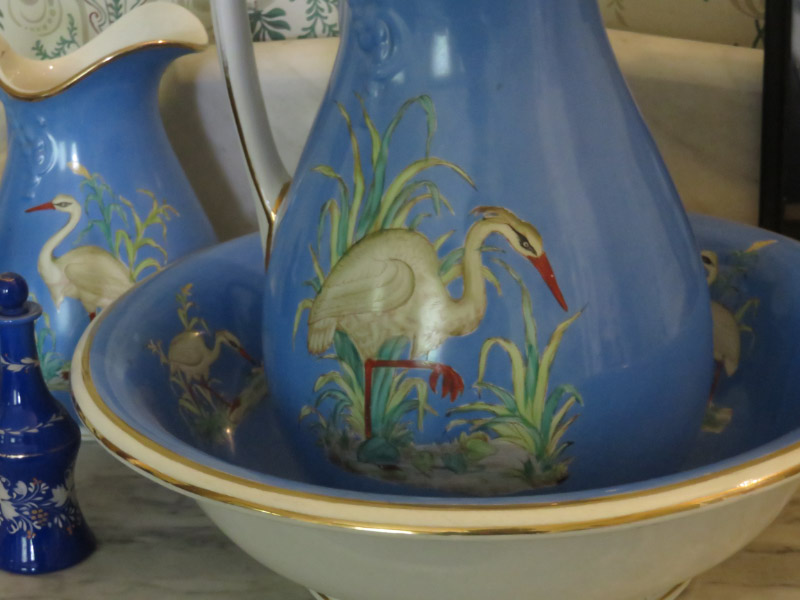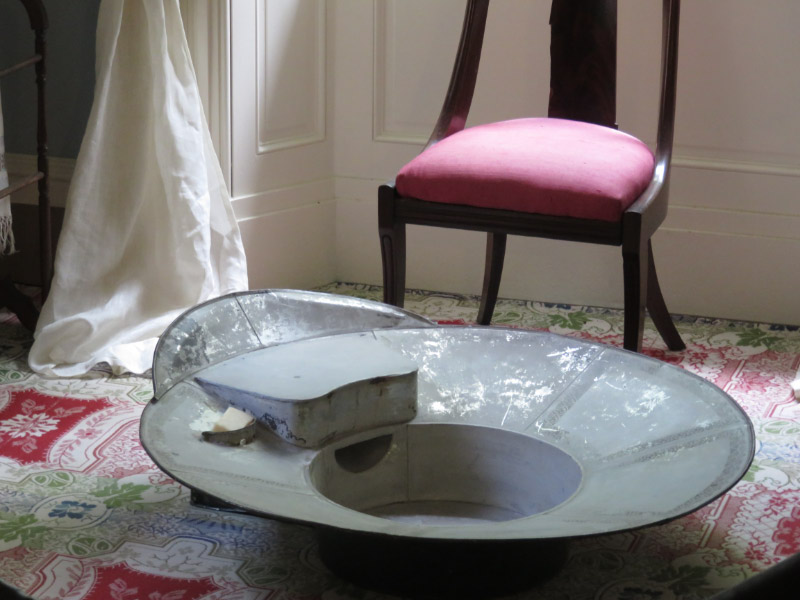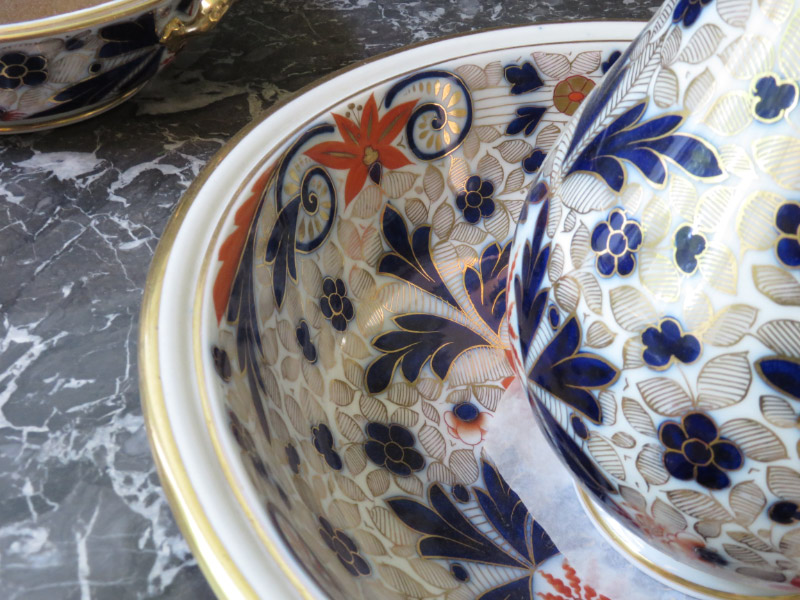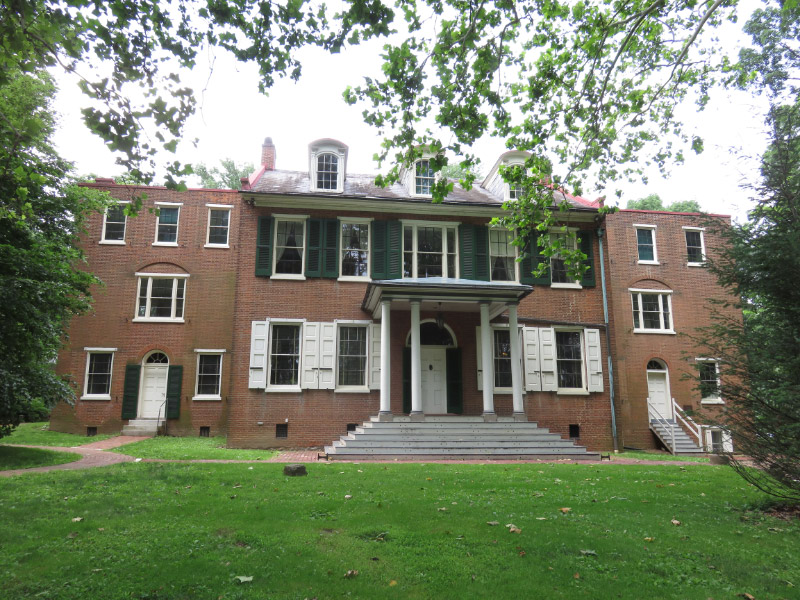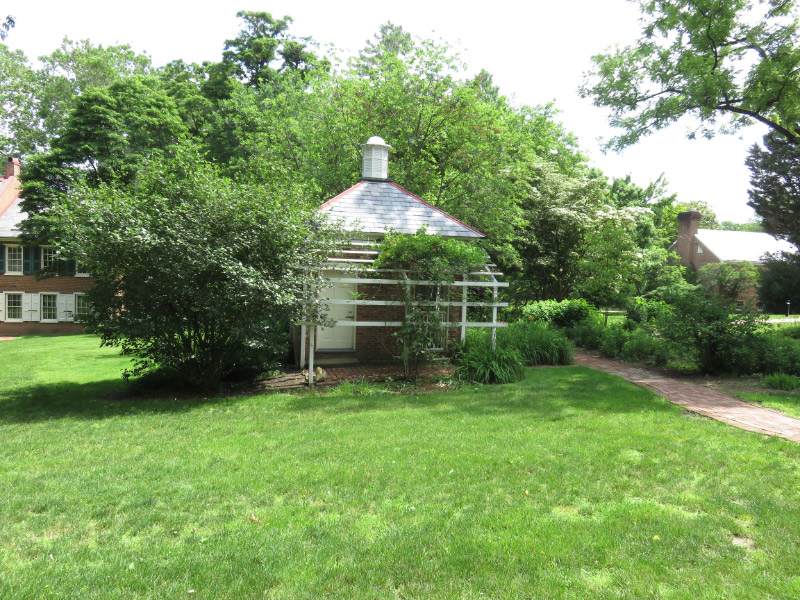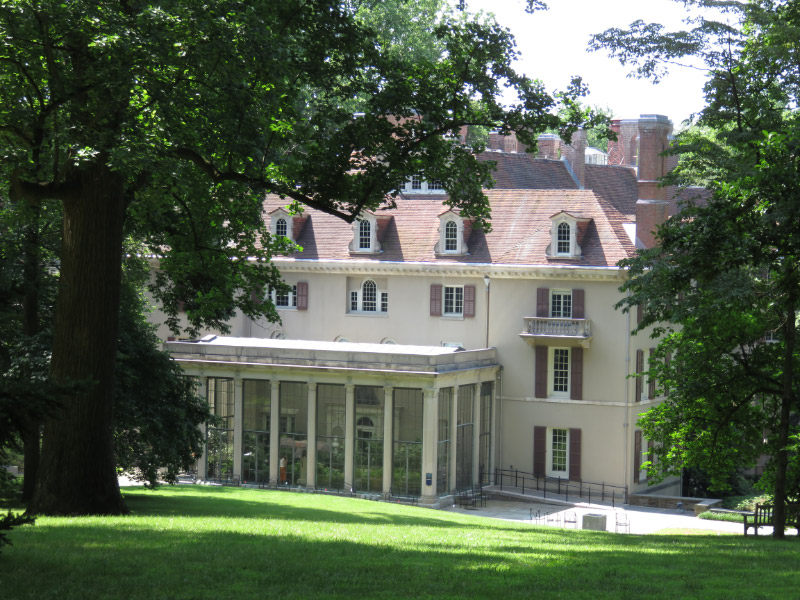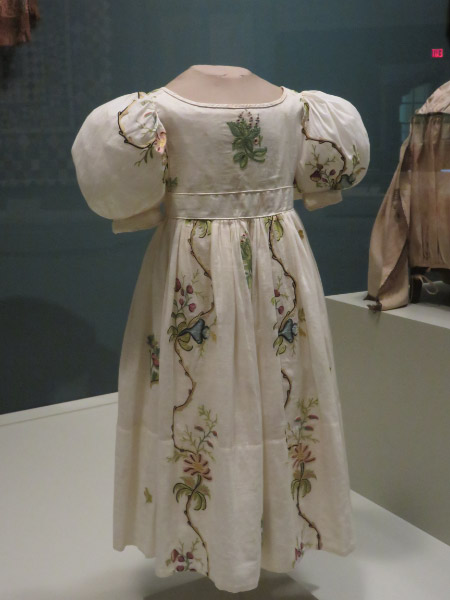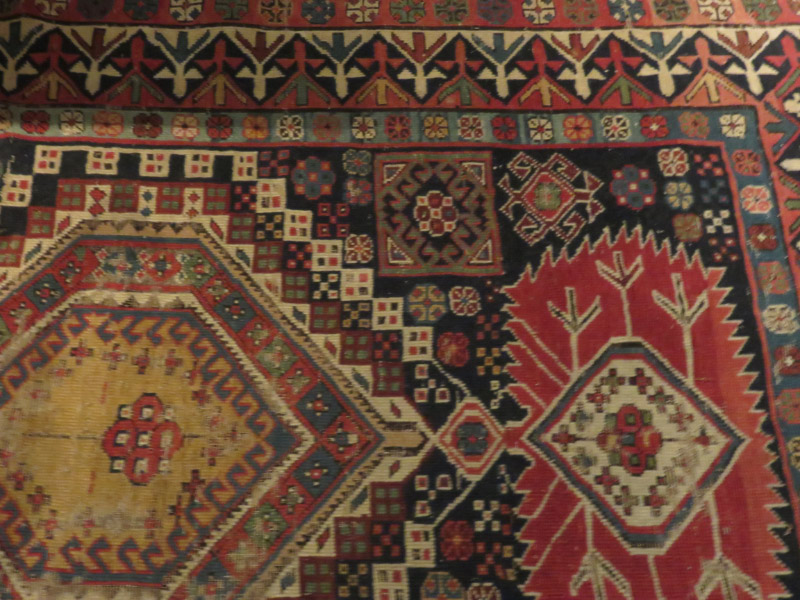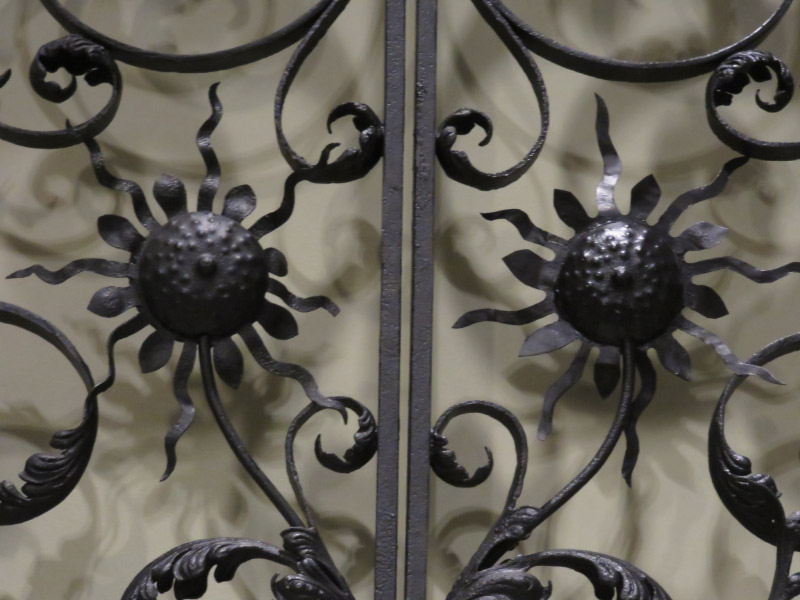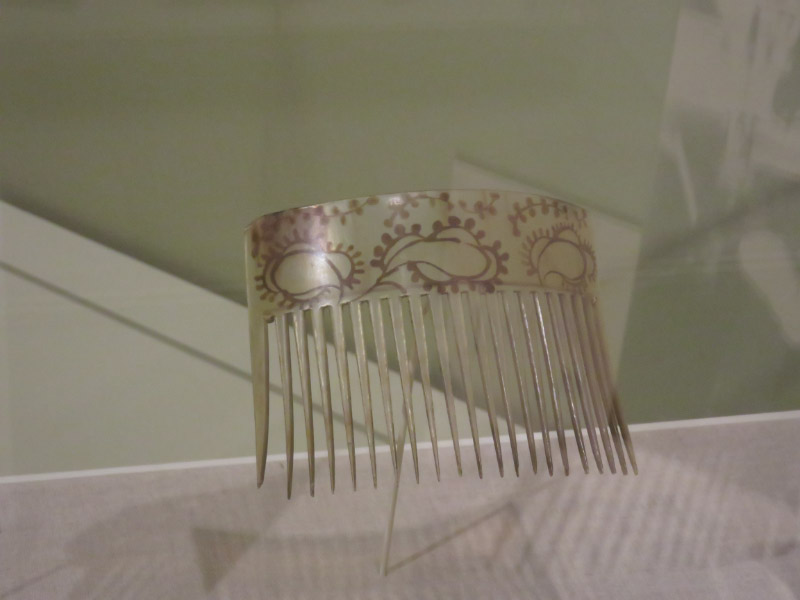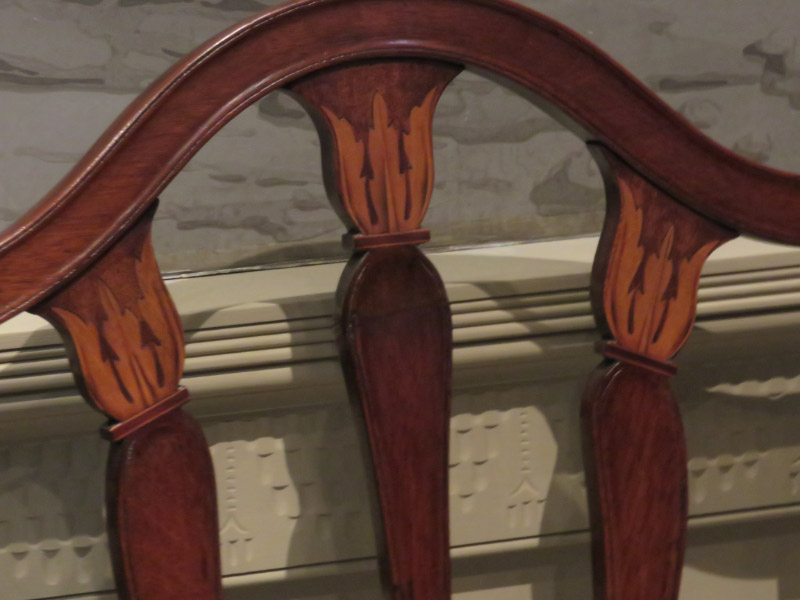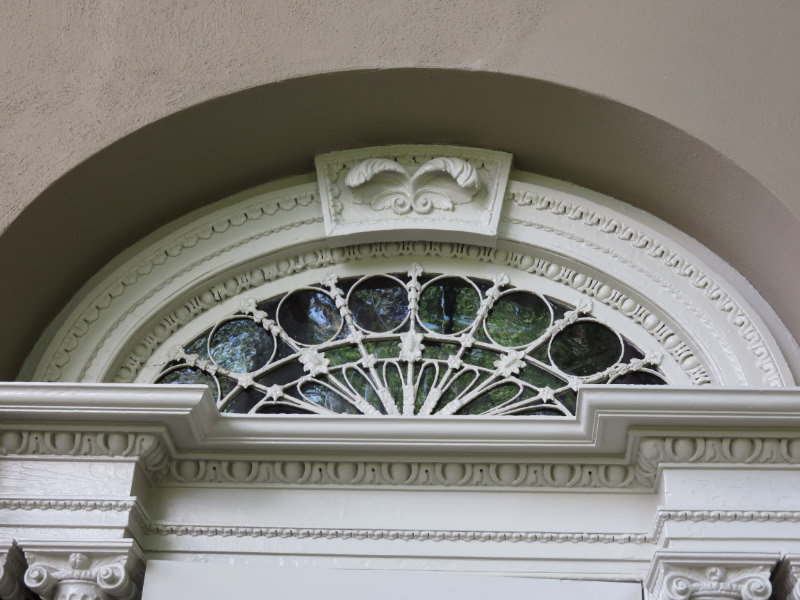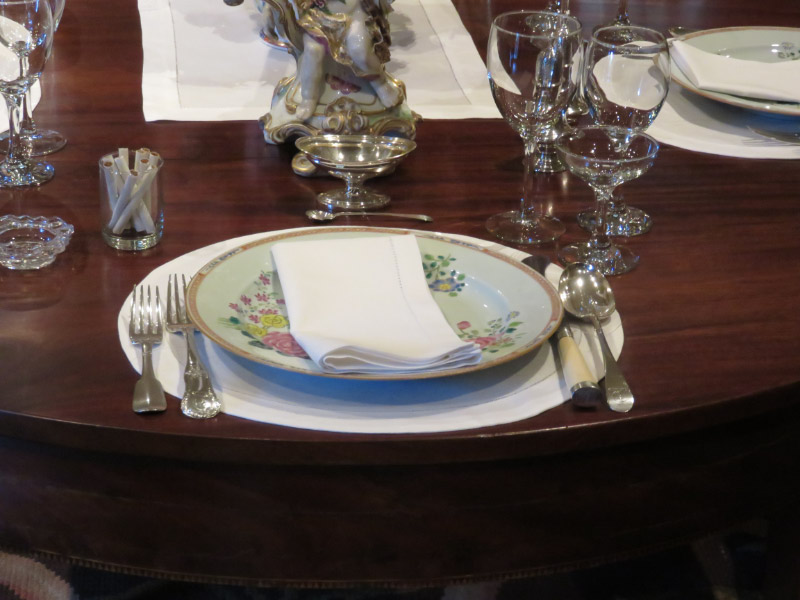3 Free eBooks – November 2015
/So many good books to choose from…it was hard to pick just 3 – like it is every month. I’m having a hard time making progress on my stacks of physical books when there are so many beautiful eBooks that are freely available.
Linden, Jean Jules. Lindenia : iconographie des Orchidées . Gand (Belgium): Impr. F. Meyer-van Loo. 1885. Ten volumes are available on the Internet Archive here. What not to like about orchids….and more orchids!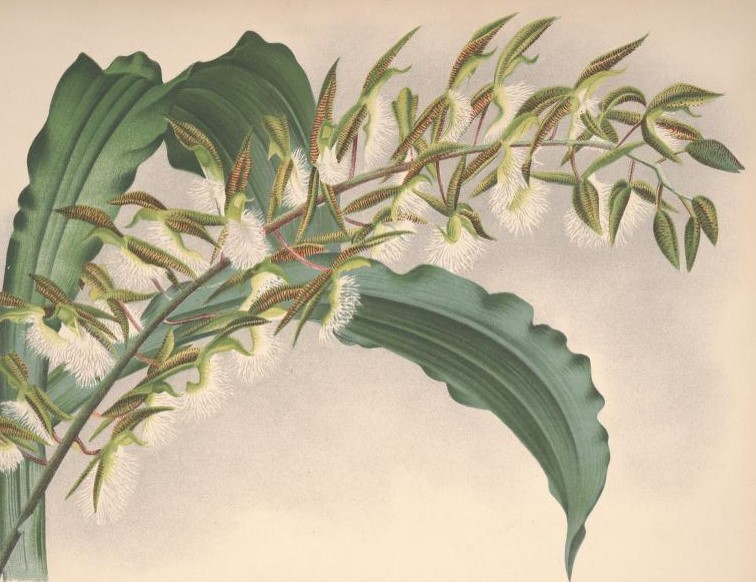
Burke, Doreen Bolger, et al. In Pursuit of Beauty: Americans and the Aesthetic Movement. New York: The Metropolitan Museum of Art. 1986. Available from the Internet Archive here. The Aesthetic Movement of the 1870s and 1880s pervaded so much of the way ‘home’ looked…and it is surprising how much the individual pieces still appeal even though the aggregation in many of those rooms would look overwhelming today. The gilded peacock feather motif (that I clipped) was used on a book binding.
The Griffith Institute. Discovering Tutankhamun in Color. The Griffith Institute, University of Oxford. 2015. Available from the Griffith Institute site here. The black and white photographs taken when the tomb was first opened in the 1920s have been colorized and many are available with annotations online. Click on the image to get an enlarge view. I’ve seen two different King Tut exhibits and still learned some new things from these photos! This site was one of the references from the Ancient Egypt course I am taking via Coursera.
Bonus!!! A fourth eBook for this month…also a reference from the Ancient Egypt class I am taking: Teeter, Emily (editor). Before the Pyramids: The Origins of Egyptian Civilization. Oriental Institute Museum Publications: The University of Chicago. 2011. Available here. Easy to read…and well illustrated. A lot has been added to our knowledge in this area in the past 20 years.

